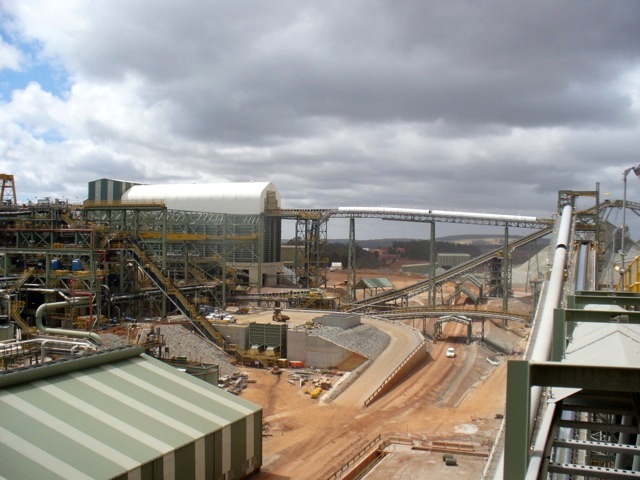[ad_1]
Introduction
The realm has been explored, the deposit has been modeled, and the ore has been extracted: now what? It’s time for mineral processing. Mineral processing is the very first thing that occurs to ore and mineral-bearing rock after they depart the mine or quarry.
There are 4 steps in mineral processing: sampling/evaluation, comminution, separation/focus, and dewatering. This text is the primary in a sequence about mineral processing and covers the primary two steps.
Mineral Processing Overview
The time period ‘mineral processing’ has a number of synonyms: mineral beneficiation, mineral/ore dressing, and ore upgradation. In metallurgical engineering, mineral processing is the method of separating commercially useful minerals from ore. Mineral ore is solely a rock that incorporates a adequate quantity of minerals with economically vital components. Many commodities happen in minerals, as a substitute of in a pure metallic type. Metals like copper, cobalt, and nickel generally happen in sulfide minerals as a substitute of pure metallic type. For instance, copper is usually mined from the minerals chalcopyrite (CuFeS2), bornite (Cu5FeS4), and cubanite (CuFe2S3). The focus of the mineral of curiosity straight influences the ore grade: the upper the focus, the upper the ore grade. Greater ore grade will increase the worth of the mine and its general revenue.
What occurs to the rock that doesn’t comprise commercially useful minerals? In mining, that is referred to as overburden: the waste or unwanted rock that overlies the ore physique. Overburden is usually eliminated with out being processed. The economically useless material inside an ore physique known as gangue. Gangue is distinct from overburden in that it surrounds or is blended with the precious minerals. The first cause for mineral processing is to separate and focus the precious minerals from the gangue.
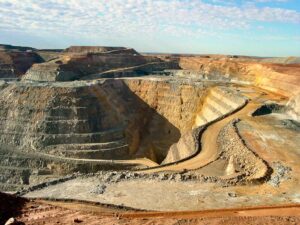
Sampling and Evaluation
Sampling consists of taking a consultant portion from an ore mass and performing a brief model of the mineral processing workflow. This stage offers normal details about the ore materials and the way it ought to be processed. It’s crucial that the samples signify the complete ore physique–a course of that’s not all the time simple. In treasured metallic deposits, mineralization is often localized and never homogeneous. Luckily, there are mathematical fashions that can be utilized to find out the amount, measurement and sort of samples for a specific ore physique.
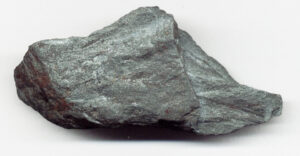
Samples are collected both from the ore materials by hand or machine. Hand sampling is dear and time consuming, and is usually solely used for placer deposits, moist and sticky ores, or when equipment isn’t out there. Moist and sticky ores, similar to bauxite and kaolinite, are naturally moist and may trigger issues by clinging to mineral processing equipment. Mechanical sampling is the extra widespread follow and is usually finished by gathering samples from a shifting stream of ore–that’s, samples shifting alongside a conveyor belt, a chute or a slurry pipeline.
After a consultant pattern is taken from the ore, it’s contracted (crushed) for analysis. Chemical evaluation is carried out to measure the amount of the component of curiosity. Chemical evaluation strategies embody emission spectroscopy or X-Ray fluorescence. Mineralogical and particle measurement analyses are additionally carried out to find out the benefit of mineral separation and the presence of particular mineral parts. Mineralogical evaluation is carried out utilizing a heavy liquid separation method. Floor ore materials is positioned in a liquid with a excessive particular gravity, inflicting particles to sink or float based mostly on their densities. Lastly, the ore materials is classed by particle measurement. That is finished utilizing both a sieve or optical strategies for very tremendous particles.
Sampling and evaluation is essential, as the character and conduct of a mineral determines how the remainder of mineral processing will likely be carried out.
Comminution (Dimension Discount)
Invaluable minerals are separated from waste materials by decreasing their particle measurement. This course of known as comminution and includes dry crushing adopted by dry or moist grinding of minerals. Some ore, like that present in placer deposits, doesn’t require crushing, as it’s already in small items. Most ore, nevertheless, is contained inside arduous rock that requires heavy responsibility crushing.
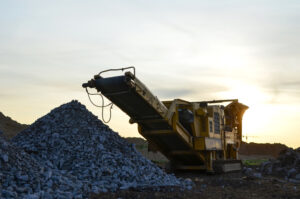
The aim of comminution is to crush the ore into small particles that comprise just one mineral. Dry crushing ore to ~1-5 mm particles is carried out on crude ore by compression and influence drive. Jaw, cone, hammer, roll, and gyratory crushers are the instruments used to do that. The subsequent stage of measurement discount, dry or moist grinding, is carried out with tumbling and stirred mills. For moist grinding, ore materials is blended with a liquid, which makes the grinding course of sooner. Grinding reduces ore particles to micrometers in measurement. Mechanical screening is completed throughout and after every crushing and grinding stage to manage the particle measurement and separate materials into grades. Relying on measurement compatibility with the subsequent separation course of, the fabric could require further comminution cycles.
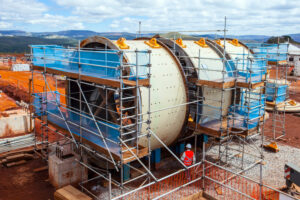
Abstract
Mineral processing is carried out to take away waste substances from helpful merchandise. All through the mineral processing stream, care is taken to preserve the mass of useful minerals and improve their proportion in the entire mass. Whereas you will need to carry out screening throughout every stage of separation/focus, it is usually essential to carry out mineralogical and geochemical analyses earlier than going any additional with uncooked materials. Within the next article in the series, we’ll talk about the remaining steps of mineral processing: separation/focus and dewatering.
Additional Studying
- Wills’ Mineral Processing and Know-how (textbook)
[ad_2]
Source link

